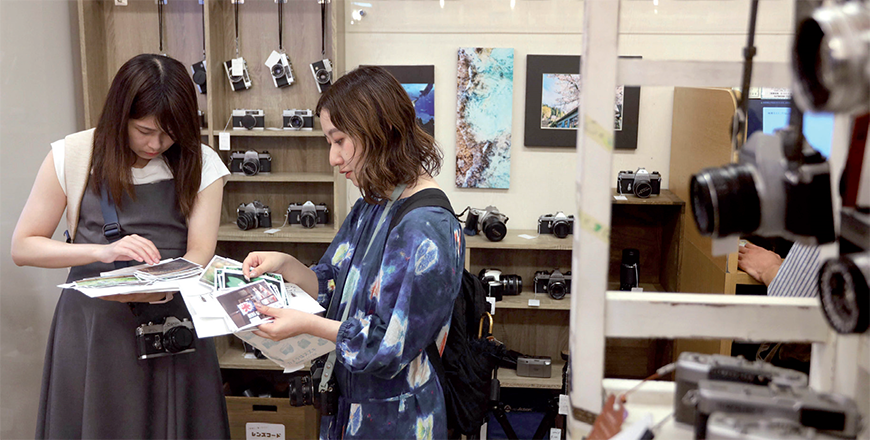You are here
The digital photography revolution — revisited
By Jean-Claude Elias - Jan 12,2017 - Last updated at Jan 12,2017
The digital photography (DP) revolution has not only changed how we take pictures, but how we look at them and what we do with them.
The DP revolution is now a sound fact, it’s understood. Actually the biggest changes are already behind us and we may well be in the transformations’ final years, at least in its broad lines. What did it really bring us, apart from the fact that smartphone cameras have made the entire population shutter-happy and not always in a positive manner?
From most viewpoints the benefits are overwhelming. Taking pictures that you instantly view, duplicate and share is priceless. Not to mention the basic technical quality of the shots that usually ranges from good to excellent and then up to outstanding, regardless of how much you paid for the camera or how skilled a photographer you may be.
Naturally, the artistic quality, the creativity, it is another story! If in the past one out of 10 photos were good shots, worth keeping and showing around, today the ratio is more one out of 100 or 500. This is the price to pay when art becomes so popular and so widely accessible. One can debate at length whether this is a good or a bad thing per se, but the fact is this is now reality.
From smartphone-taken photos to those done with a $5,000 DSLR camera, the number of pictures taken daily is flabbergasting.
The main reason behind the popularity of smartphone cameras is the need to communicate, much more than the initial intention to take pictures and to enjoy them time and again after they have been taken, an old practice that only a minority seems to bother with these days. Take a picture, WhatsApp it to a friend or a relative, and then forget about it.
Acknowledging the public need to communicate photos, even makers of more expensive, pro cameras have joined the movement and are now integrating WiFi functionality in their otherwise dedicated cameras. Nikon D5500 and Canon EOS 6D, to name only these two models by the two leading manufacturers, now come with wireless capability, rivalling smartphones when it comes to their ability to send pictures instantly at the other end of the world.
Another negative trait of the DP revolution is the excessive, unjustified post-processing that seems to be the rule. From Photoshop to GIMP (a free but still great photo processing app) and several other similar software applications that all do more or less the same thing, the phenomenon is so wide-spread today that you can’t look at an exceptional picture without questioning how much it has been retouched or even if it’s authentic at all, if it’s but a smart montage, etc.
How many photos published on social networks have afterwards been exposed (no pun intended) as fakes, heavily manipulated to deceive?
A new application named PortraitPro proposes to modify portraits in an easy manner, without having to go through the trouble of learning the rather difficult tricks of Photoshop, to achieve results that are nothing less than extraordinary. It takes the pain out of Photoshop advanced learning, and generates stunning, flawless portraits from the originals you may take in as little as two minutes, even if you do not have any experience with photo processing programmes. You can call it cheating, enhancing or improving; it remains a matter of opinion.
What will digital photography’s next trick be? Wait and see.
Related Articles
TOKYO — Keita Suzuki leads a group of young analogue photography fans around a coastal city in Japan, stopping to snap pastel hydrangea bloo
Professional photographers and amateurs for whom photography is more than just candid snapshots taken with an average smartphone or camera a
It’s not digital photography that killed photo prints but mobile computing devices.

















